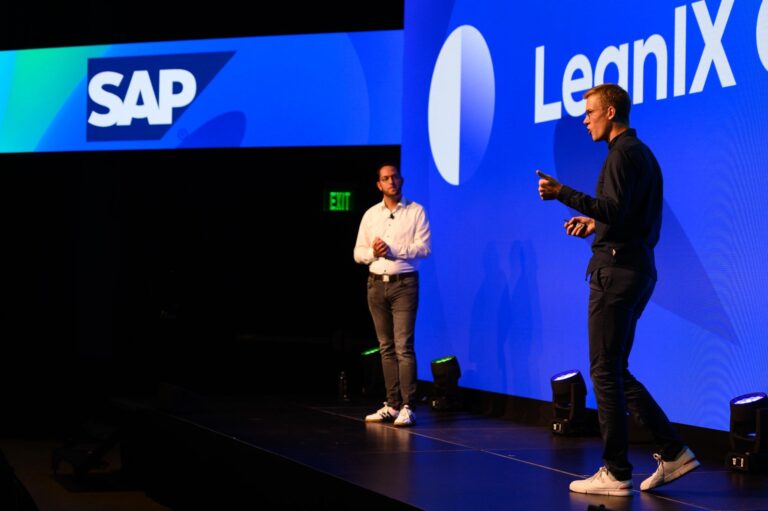While everyone sensationalizes and catastrophizes about the potential of generative AI, especially as it pertains to arts and entertainment, I’d like to talk about its more practical side. AI’s more quotidian side may be a little less sexy, but its transformative potential is tremendous. In particular, I think generative AI is going to revolutionize software as a service (SaaS) applications.
In a SaaS model, users typically access software through a web browser, where the service provider centrally hosts, updates and manages the software. So, users don’t need to worry about installing or maintaining the software on their local devices: they just access the software through the internet. With this centralized model, SaaS developers can’t rely on sending out occasional updates and must continually innovate and update their products. And they’re now looking to AI to drive that process.
As we witness a growing trend towards AI-powered SaaS, the significance of AI interoperability becomes crucial. AI interoperability refers to the seamless exchange of information and functionality among diverse AI systems. All of this is in service of what is now called “connected AI,” which represents the vision of AI systems working together, sharing information and learning from each other to enhance overall capabilities. To achieve this, SaaS developers must create seamless integration among the various systems that constitute their SaaS offering. But how?
AI applications for SaaS
Let’s start with the basics of how generative AI can enhance SaaS applications. For one, SaaS providers can leverage GenAI to enhance user experiences within their applications. For example, developers may incorporate natural language processing powered by generative AI to improve chatbots, virtual assistants or language translation features in SaaS applications.
Alternatively, developers can use GenAI to assist users with content creation and data analytics. This could involve generating reports, summaries or insights that help users better understand and utilize the data available to them. Imagine GenAI automatically creating charts and graphs for application users to display data in other programs, without them having to go through the headaches of creating those graphs themselves.
It can also be fun or whimsical: think of platforms that generate new tunes or recommend content based on your mood or genre preference, creating a personalized playlist for every mood swing. GenAI can create personalized recommendations and predictive analytics to create tailored content for the end user.
SaaS developers can also use GenAI to help them speed up the software development process. For instance, generating code snippets, documentation or even assisting in debugging through natural language interactions. Moreover, GenAI can create synthetic data sets for testing and validating the functionality of SaaS applications. This is particularly useful when dealing with sensitive or limited datasets, providing more realistic testing scenarios.
Connecting AI
Again, in order to achieve connected AI, developers need to enable various components to collaborate seamlessly. For example, a recommendation engine powered by GenAI can collaborate with a natural language processing (NLP) system to provide personalized and context-specific suggestions within the application.
So, developers need to design AI-powered SaaS systems with standardized interfaces and APIs that allow integration with other AI systems. This integration enables interoperability, allowing different AI components to work together cohesively without disruptions or compatibility issues.
Developers should also implement secure data-sharing mechanisms between AI-powered SaaS products and other connected AI systems to enable cross-directional learning. This can involve learning from common datasets, sharing anonymized insights and collaborating on improving algorithms for better performance. This way, if one AI system learns something new or improves its performance, that knowledge can transfer to other connected systems, accelerating overall learning.
Final thoughts
Developers need to implement connected AI principles to promote transfer learning across different SaaS products. This will allow AI systems to work in tandem, share knowledge and learn collectively to enhance overall capabilities.
In essence, the future of GenAI within SaaS is characterized by connection, integration and interoperability. As developers navigate this landscape, embracing these principles ensures not only enhanced user experiences but also a more efficient and collaborative development process. We are ultimately defining the next era of SaaS innovation.





